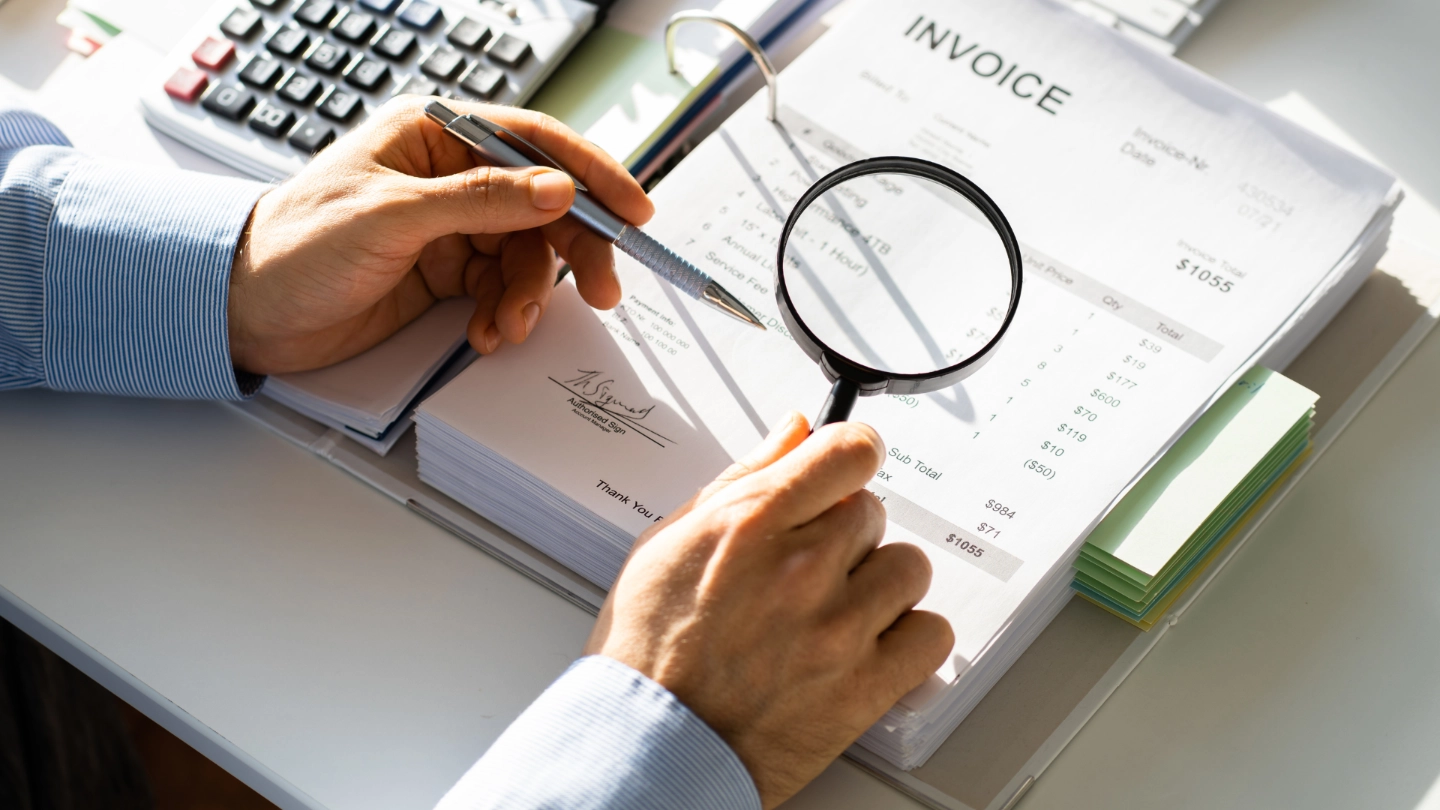
Know your customer
From setting up fake companies to fabricating orders, fraud comes in many forms and can be extremely damaging and time consuming to solve. Here are our tips on how to avoid the fraudsters and protect your business. Whether you work for a multinational company or a small start-up, fraud can impact all businesses.
Common types of fraud include where a business is set up with the sole intention of defrauding suppliers in a short space of time. This is usually characterised by several small value orders placed in a variety of conflicting trade sectors with goods being sold on quickly at knockdown prices and the fraudster disappearing with the cash.
Buyer impersonation is another type where fraudsters impersonate established credit-worthy companies by placing orders in their name but requesting delivery to a rogue trading address or offering to pick up the goods themselves. Suppliers then invoice the legitimate company to be told the goods were not ordered by them.
Questions to ask yourself as a supplier
Before accepting orders from a new buyer, it’s worth running through a checklist of questions to highlight any anomalies.
- How long has the business been established?
- Is it new?
- What is the legal form and does that really match the type/size of business you are being led to believe it is?
- If the buyer has provided trade references do you independently check them out and do they seem legitimate?
Things to look out for include:
- The buyer is generally not interested in price/no or little negotiation
- An unusually short period between first contact, order and delivery requested
- A one-off low value order or following payment of several low value orders, a one-off much larger request
- Conflicting trade sectors e.g. a fruit and veg wholesaler purchasing shoes, computers, cosmetics, etc
- Registered office addresses being PO Box addresses or serviced offices
Carry out a reality check
There are also checks sellers can carry out to ensure the customer is genuine. For example, fraudsters usually use mobile phone telephone numbers and free email services such as Gmail or Hotmail. To combat this, when you receive an enquiry from a new customer, always take a contact name, landline phone number and website address so you can investigate them.
However, do not solely rely on contact numbers provided by the buyer. Look up alternatives for the company and call the switchboard to speak to the individual. This will enable you to verify if that person works for the company and whether they are using a genuine name.
Moreover, websites are very cheap and simple to set up, so beware if there is very little functionality, even if it looks professional. We suggest you always search for an alternative to the address you’ve been given as impersonators often set up very convincing secondary sites with a slight difference in name to that of the genuine site.
In addition, we would recommend educating vehicle crews to only deliver to the specified destination and to report any suspicions before offloading the goods. In particular, be careful of lastminute changes to the delivery address and don't change the delivery destination once the goods are in transit.
While each of these points in isolation do not necessarily signify fraud, if a new buyer starts to exhibit several of these details, you should be on your guard and take steps to ensure they are genuine.
Get the Latest Trends & Insights
Be the first to know about the latest trends and economic developments affecting you and your customers’ business.
































